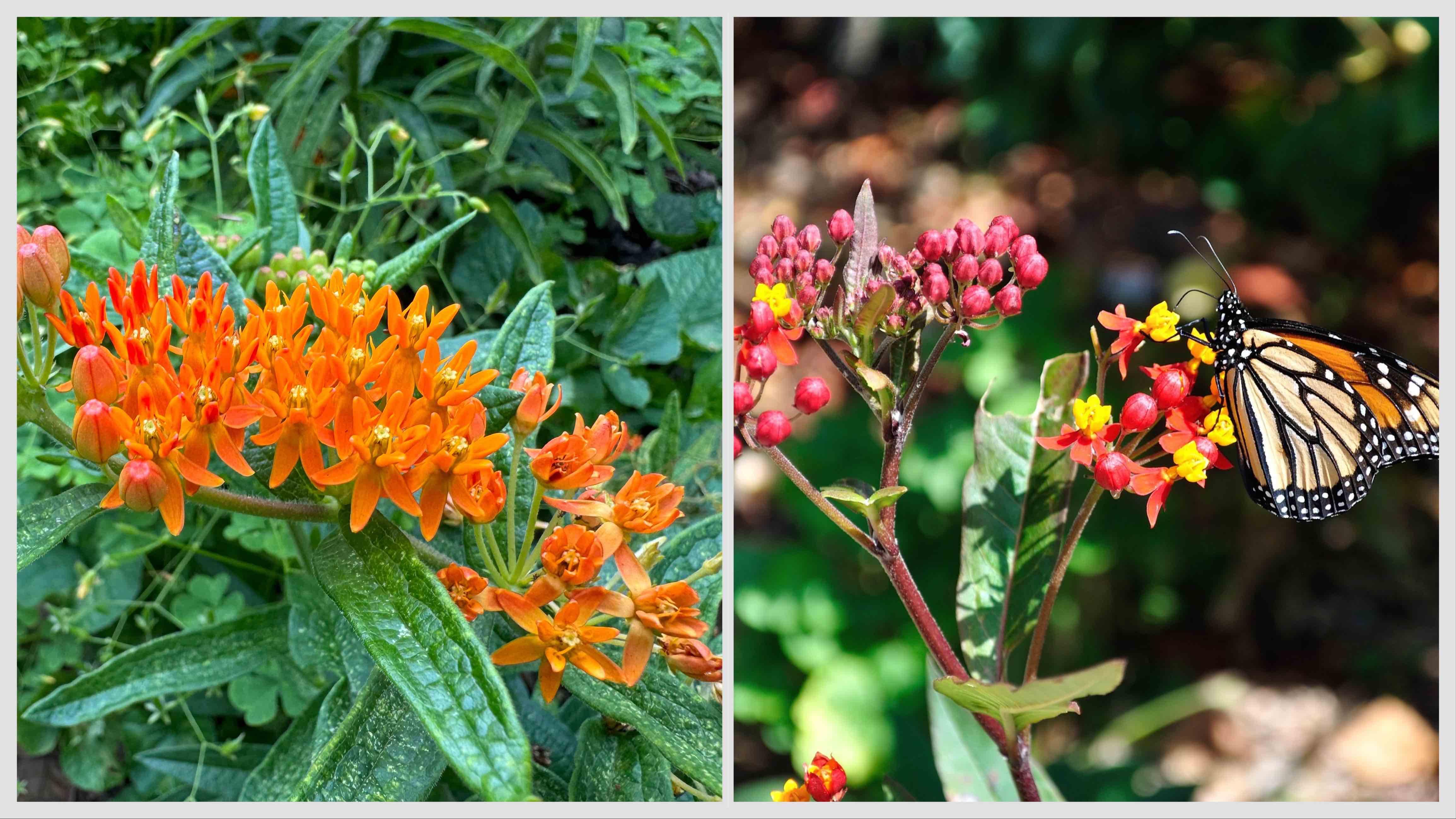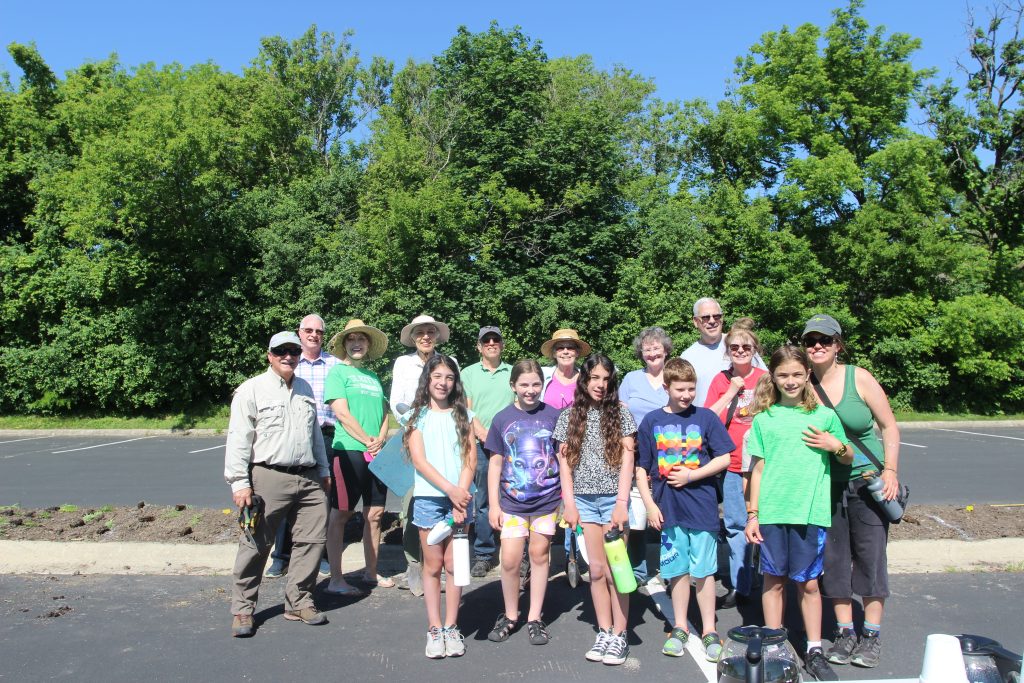Science & Nature
Are People Loving Monarch Butterflies to Death? New Study Suggests ‘Helpful’ Human Interventions Contributing to Decline
Patty Wetli | October 16, 2024 8:39 a
The decline of the monarch butterfly population has become a symbol of biodiversity loss planet-wide and spawned a collective conservation effort to bring the species back from the brink of extinction.
Now a newly published study suggests human interventions to save the insect — however well-intentioned — may be doing more harm than good.
Researchers at the University of Georgia combed through 17 years’ worth of observational data on roost sizes during monarchs’ annual fall migration to Mexico. What they found was a stable breeding population in the north, but then a consistent decrease in roost size as the butterflies make their way south — falling off by as much as 80% — indicating something is going awry along the route.
“The monarchs are increasingly failing to reach their winter destinations,” Andy Davis, lead author of the study, said in a statement. “Either they’re losing their ability to migrate or they’re losing their will to migrate.”
Davis and his fellow researchers identified two likely culprits.
One is the misguided planting of non-native tropical milkweed (Asclepias curassavica), milkweed being the only plant on which monarchs lay their eggs and that monarch caterpillars feed on.
 That’s native butterfly milkweed on the left and problematic tropical milkweed on the right. (Patty Wetli / WTTW News; Flickr Creative Commons)
That’s native butterfly milkweed on the left and problematic tropical milkweed on the right. (Patty Wetli / WTTW News; Flickr Creative Commons)
Tropical milkweed has been linked to the spread of a deadly parasite among monarchs — the prevalence of which has increased tenfold in the past 20 years — in large part because the plant doesn’t die back in winter like natives, and not only retains the parasite but accumulates it.
High levels of this parasite are known to reduce monarchs’ body mass, lifespan, mating success and flight ability, according to the Xerces Society.
As attractive as tropical milkweed may be, with its vivid blooms and lush foliage, it’s a poor substitute for native milkweed or other flowering natives that could serve as nectar sources for monarchs, researchers said.
The second issue identified in the study is the practice of captive-rearing monarch caterpillars, which are then released back into their natural environment after emerging as butterflies.
“All of the evidence we have shows that when monarchs are reared in a captive environment, either indoors or outdoors, they’re not as good at migrating,” Davis said.
“Resist the temptation to bring them inside and protect them because it seems like Mother Nature does a better job at creating really healthy, robust migrators than we do,” he said.
Contact Patty Wetli: @pattywetli | (773) 509-5623 | pwetli@wttw.com



